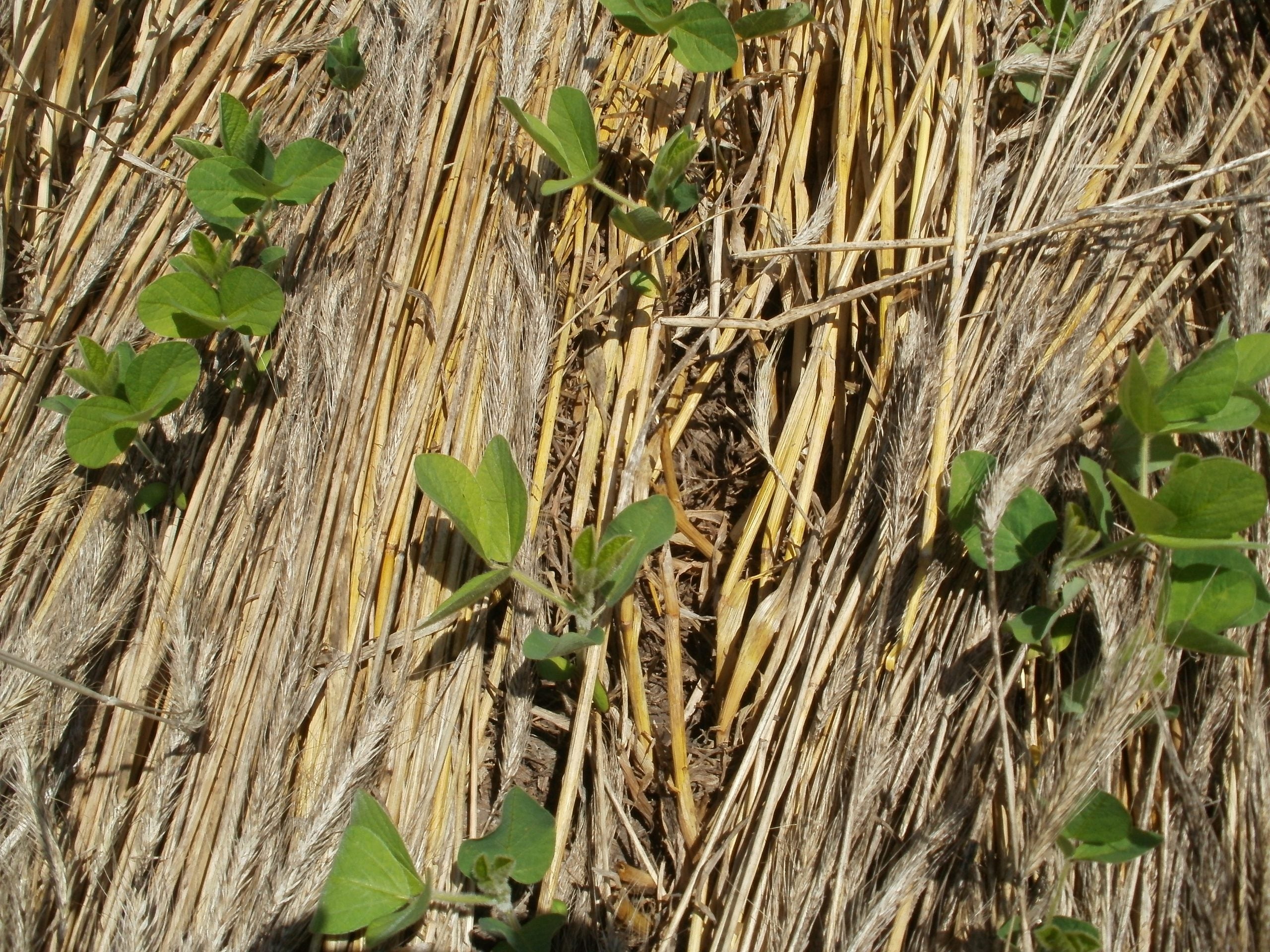
A better understanding of the big climate challenges facing U.S. agriculture and forestry will create better decisions about investments, research priorities and technical assistance. Photo from USDA ARS.
The Inflation Reduction Act made historic investments in rural and agricultural climate solutions, including providing $300 million to improve measurement, reporting and verification of the climate benefits of farm bill conservation programs. This week, the U.S. Department of Agriculture shared a framework for how they intend to spend those funds over the next eight years.
These investments are much needed and will benefit farmers and the planet. But stakes are high. Implementation efforts should be prioritized to get resources on the ground as soon as possible, while also being grounded in the best science and maintaining high transparency.
USDA proposing this framework is a critical step in the process, and it gives stakeholders a chance to influence the foundation of climate-smart action moving forward. Read More










